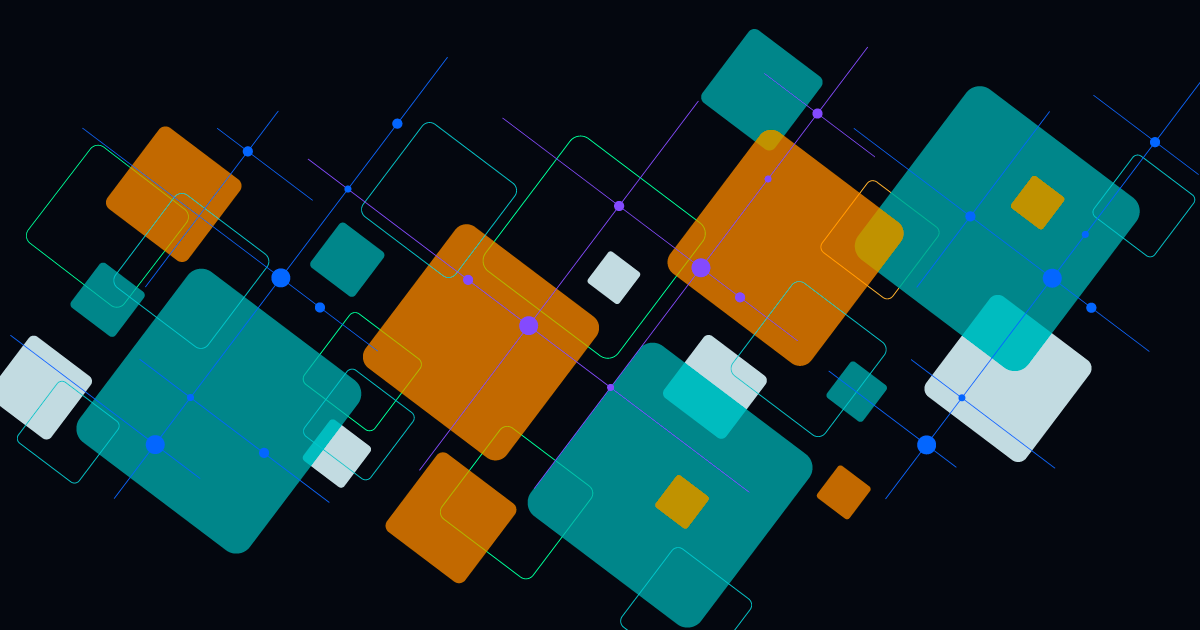
5 Use Cases Requiring Transformative AIOps Tools
Subscribe to receive the latest content and invites to your inbox.
As infrastructure grows in complexity, the demand for intelligent, autonomous operations is no longer optional. AIOps tools help IT organizations sift through data noise and detect what matters.
But insights alone don’t close the loop. Without automation, even the most accurate prediction still relies on humans to triage, decide, and resolve.
This is the gap intelligent automation fills.
At Resolve, we believe the future of AIOps lies in agentic automation, where insights from AIOps platforms trigger autonomous, orchestrated actions that resolve issues before they impact business operations. Let’s explore five use cases where combining an AIOps tool with intelligent automation drives operational scale, speed, and resilience.
1. Suppressing False Alerts and Auto-Remediating Issues
For many IT teams, the volume of incoming alerts and alarms is impossible to stay ahead of. Nearly 60% of ops time is spent trying to review millions of alarms, but only a fraction of them actually require review—delaying resource delivery and problem solving.
Trigger: An AIOps tool detects a CPU spike on a database server. Instead of escalating immediately, it evaluates the spike in the context of peer behavior, historical baselines, etc.
Workflow: The system classifies the anomaly as non-critical, suppresses the alert, restarts the impacted service, clears cache, and logs the incident. No human escalation. No ticket.
Alert fatigue is reduced at scale. One Canadian telecom provider used this approach to eliminate 80% of alert noise, freeing up teams to prioritize critical issues and scale automations.
READ MORE: The Future of IT Operations Is Zero Ticket
2. Incident Triage to Resolution
The average incident can take hours to resolve due to fragmented triage, handoffs, and tool sprawl, slowing response and increasing risk.
Trigger: AIOps flags a degradation in a customer-facing application’s performance metrics.
Workflow: Your tools launch a full-stack diagnostics run, analyzing server health, thread activity, and log data. They isolate a stuck Java process, trigger a restart, verify app responsiveness, and compile a post-incident summary.
What took hours now takes minutes. MTTR improves. SLA violations are avoided. Customers never even notice.
3. Field Service Optimization
In large-scale IT and network environments, field technician dispatches can be costly, disruptive, and often avoidable. What starts as a minor alert can spiral into an unnecessary site visit when teams lack early insights or remote resolution capabilities.
Trigger: AIOps surfaces a pattern of degraded signal strength across network devices in a specific region.
Workflow: Automation cross-references device telemetry, recent config changes, and historical incident data. It identifies a firmware compatibility issue introduced during a bulk update. A remote workflow is triggered to roll back the firmware on affected nodes, apply the stable version, and monitor performance metrics to verify resolution.
No technician dispatched. No site downtime. No user impact.
By identifying issues early and resolving them remotely, IT avoids costly field service deployments, preserves technician bandwidth for higher-priority work, and boosts operational efficiency at scale.
4. Network Outage Avoidance
Even short-lived network issues can break apps, trip SLAs, and overload support queues with avoidable tickets.
Trigger: AIOps detects elevated packet loss on a backbone router and forecasts a critical threshold in 30 minutes.
Workflow: Your tools validate the data, identify an alternate route, execute a temporary failover, and update the routing table. CMDB entries and dashboards are refreshed with real-time status and remediation logs.
Service remains uninterrupted. No outage. No tickets. The NOC gets a summary, not a fire drill.
5. High-Fidelity Observability: From Signal to Clarity in Seconds
In modern IT environments, signal volume is high, but signal quality is often lacking. AIOps changes that, not by acting on every alert, but by rapidly surfacing the right ones with clarity and context.
Trigger: A sudden burst of latency alerts hits your monitoring stack during a period of high usage.
Workflow: AIOps ingests telemetry across systems, filters out noise, and clusters correlated anomalies. It compares against historical trends, identifies a deviation tied to a specific application update, and narrows the issue to one misbehaving container in a multi-tenant cluster.
IT teams receive a focused, contextualized insight in seconds, without hours of log diving or hunch-driven troubleshooting.
Automation takes over from there. A remediation workflow restarts the container, adjusts resource limits, and verifies performance metrics post-action.
AIOps ensures you're fixing the right thing, fast. The result: fewer false positives, faster resolution, and more time for teams to focus on transformation, not triage.
READ MORE: Why Generative AI Isn’t Enough: You Need Agents, Not Just Answers
The Future Isn’t Just Observed; It’s Automated
We’re entering an era of IT operations where efficiency isn’t a nice-to-have—it’s a survival strategy. According to Gartner’s 2025 CIO Agenda, improving margins and reducing operational drag are now mission-critical across every industry. That’s why IT leaders are turning to AIOps for insight.
But these insights are more than just correlated alerts. The real value of AIOps lies in its ability to surface a holistic view of your environment: identifying patterns, dependencies, and anomalies that signal risk long before incidents occur. It’s not just about knowing something broke—it’s about seeing why it will and having the foresight to act before impact.
But insight alone doesn’t drive outcomes. Automation does.
At Resolve, we go beyond detection; we deliver execution. By combining AIOps with intelligent, agentic automation, we empower IT teams to move from endless alert triage to autonomous action.
This is Zero Ticket IT in practice. It’s a paradigm where alerts don’t spiral into chaos, problems resolve before escalation, and human effort is reserved for innovation, not intervention.
The future of IT isn’t just about seeing what’s wrong. It’s about quickly and automatically fixing it.
Harness the power of that proactive versatility today.






